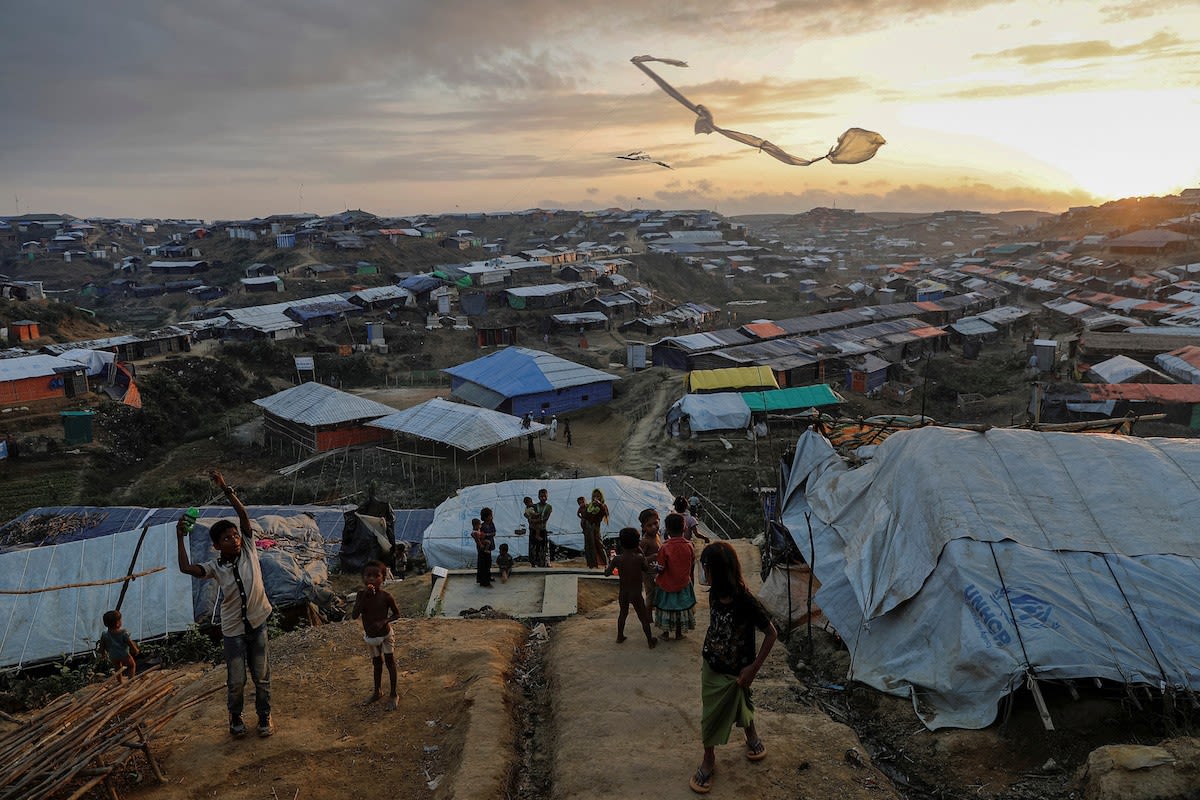Hoping against hope in a fragmented world
There is a reality that we cannot ignore, a reality that we must face. Together. We need to talk about it, even if we have everything.
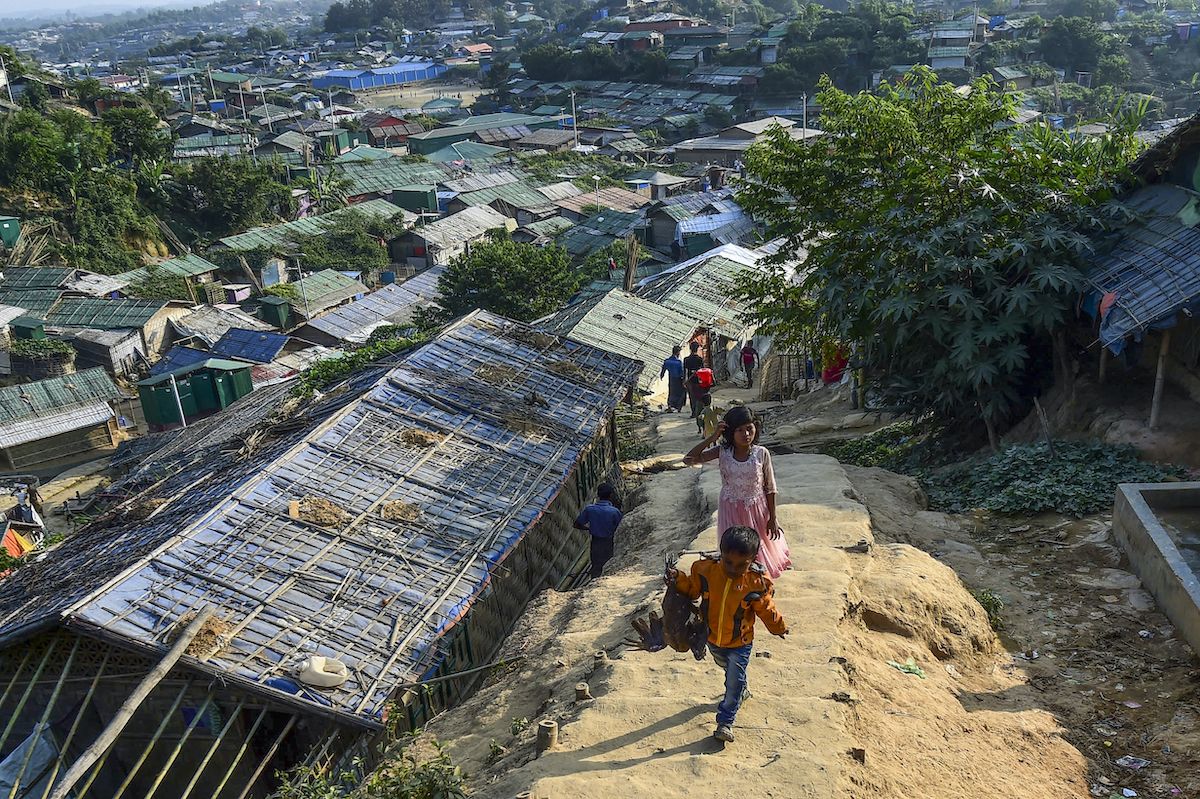
We are faced with a fragmented, broken, divided world where conflicting feelings and forces reign. We might say, we are living in various worlds — the world of the rich and the world of the “excluded” (a word that Pope Francis loves to use.)
And there is a world of people who have to flee their own land, people who continue to wail but whose heart-breaking cry still has to reach the hearts of many. It is the cry of refugees in search of a homeland.
Let us tell you about the worlds we know and have encountered.
At a presentation of the new version of a popular commercial calendar days ago, the CEO of the company promoting the event said, “We wanted to photograph the world we live in.”
In recent days, news has gone around the world, at least in the world where one has no problem getting vaccines, that everything is about to return to normal, or at least “their” normal.
Astonished, we would say embittered, we turned off the TV, and thought of how many “worlds” we know.
We know the world of the Karen people where a euro a day is a treasure and an assurance of survival. We know the world of the slums of Yangon, Saigon, and Bangkok, where three euros a day can feed a family.
The world of the famous calendar is a different world from the rest of humanity, at least a large part of it.
And we know them both.
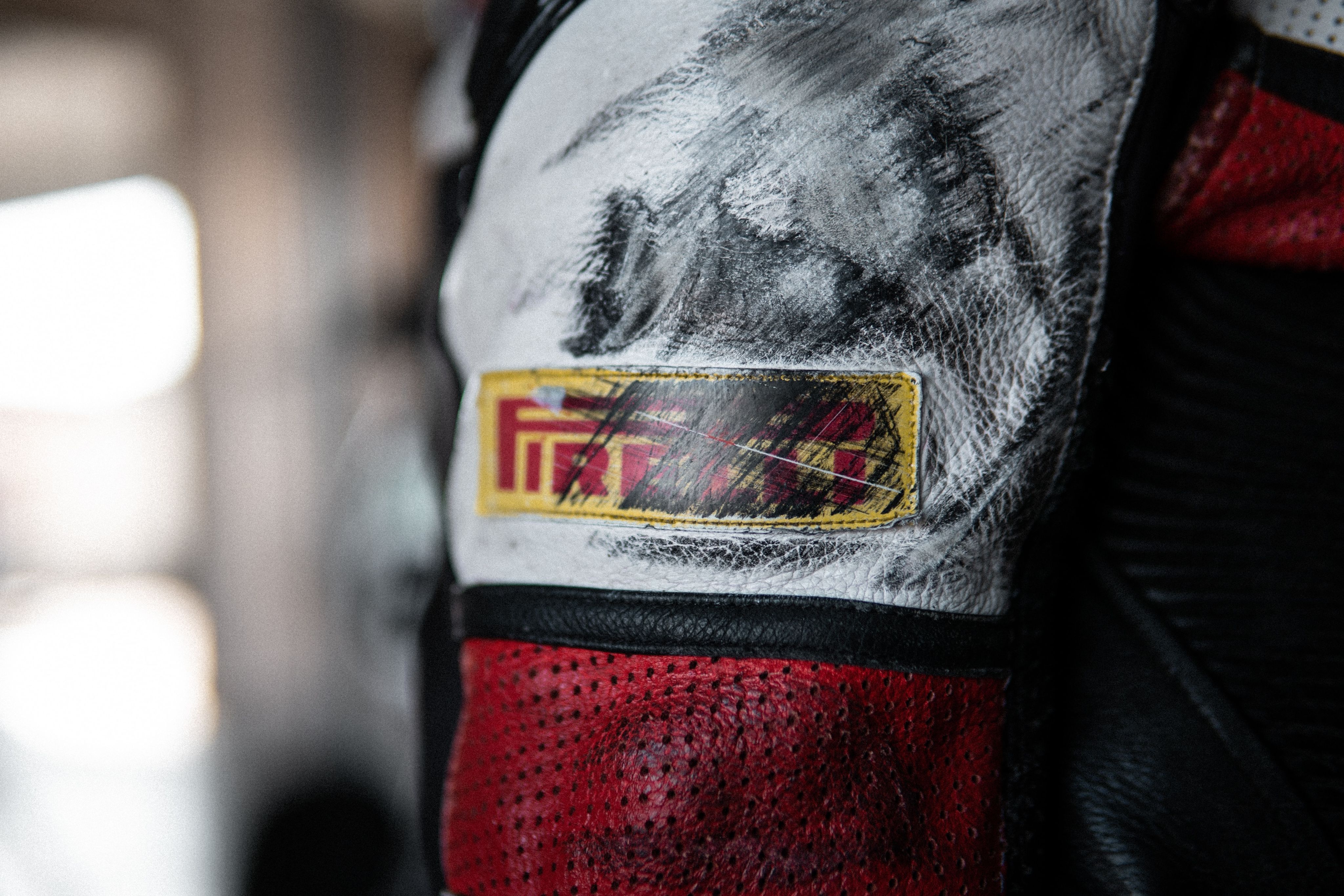
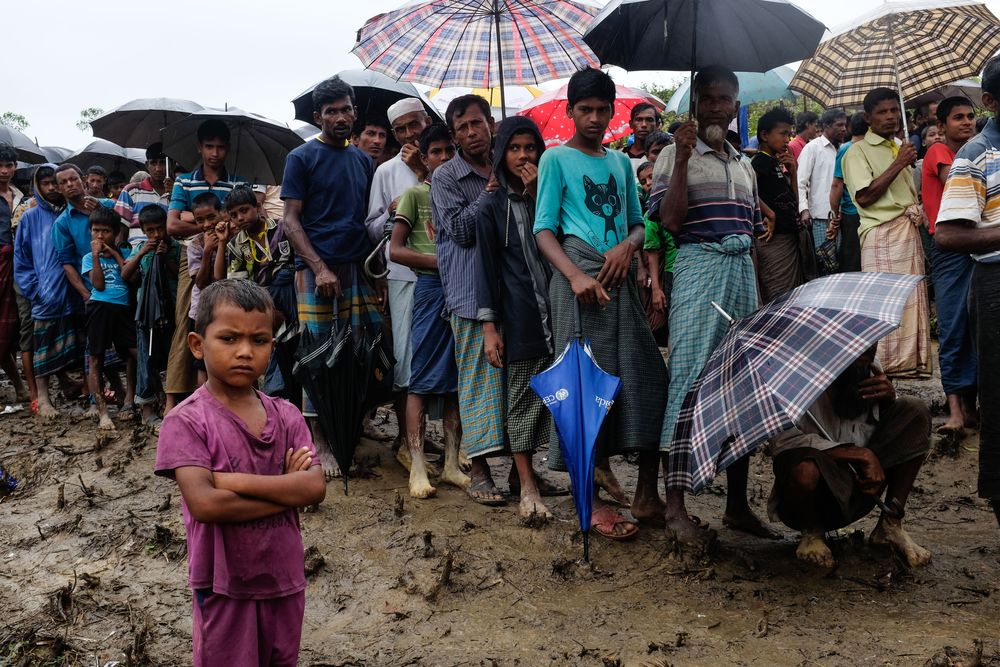
Rohingya refugees queue for a food supplies distribution at the refugee camp Cox Bazaar, Bangladesh, Oct. 31, 2017. (shutterstock.com photo)
Rohingya refugees queue for a food supplies distribution at the refugee camp Cox Bazaar, Bangladesh, Oct. 31, 2017. (shutterstock.com photo)
We worked for years with the rich, when we came to Asia, and then with refugees, at least in the past 10 years.
We remember having a “boss” some years ago who did “Bangkok-Hong Kong” by plane to buy “special buttons,” but who refused a 20-cent raise on the monthly pay of her workers.
Today, we understand what it means to “live” even with little, and to be happy, happy to be alive, and to feel the sun warming our skin, happy with what we have.
The year 2022 will arrive with a weight on our shoulders: 85 million refugees around the world in search of a homeland, according to the United Nations. Let's hope the number won’t increase.
They are those who flee from droughts, wars, those who plough through the Mediterranean, or escape from hunger in Kabul and Kandahar.
“Happy New Year 2022” to this land and all those who inhabit it.
Above all, Happy New Year to the “discarded,” to those who do not know how long they will live, and if they will even live.
Happy New Year to the children, most especially the children.
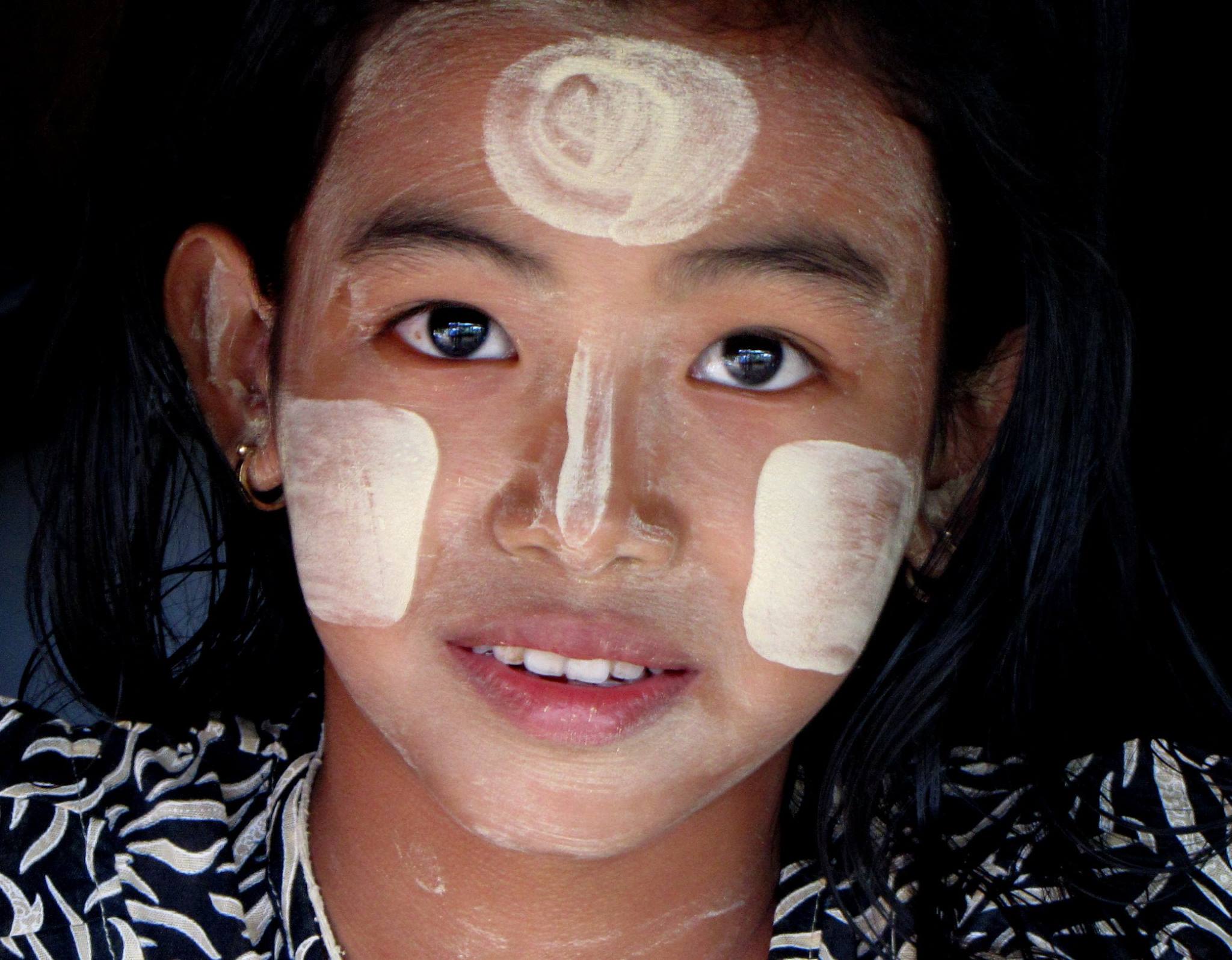
A karen child (Photo by George Ritinsky)
A karen child (Photo by George Ritinsky)
We are not numbers, none of us. We are all people, like those on the calendar, with the same blood in our veins, even if we live in a shanty town where rats keep one company at night, when one can't sleep from hunger.
We are all the same. We all feel pain in the same way. We are all hungry and thirsty and we exult for the same things, or almost.
A Rohingya child in Cox’s Bazar rejoices for a plate of hot potatoes while a child in Rome enjoys a big hamburger from the latest store opened in the city center.
Yet, we live on the same earth, although in completely different worlds.
There is a kind of "disconnect" between the world "where we live" and the world where millions of other people live without a home waiting for them.
There is a world that goes out to space and returns in a few minutes to Earth for photos and champagne.
And then there are millions who would like to stay in their homes but are forced to go out into the open space of the Mediterranean only to end up at the bottom of the sea.
This is how 2022 will be: one world, many different and distant worlds, yet on the same earth.
With the pandemic, these worlds are brought closer, more interconnected, although, ironically, ever more distant.
This is a reality that we cannot ignore, a reality that we must face. Together. We need to talk about it, even if we have everything.
The people who die near Lampedusa or in the forests of Myanmar to find refuge in Thailand, in Mae Sot, are all like you, like me. And it breaks our heart to think of them.
May the year 2022 finds us all more committed to building a better world, a world less disconnected from those who suffer, because one day, in the sea, in those mines, there will be me and also you who are now reading these words. One day, all our worlds will be one world.
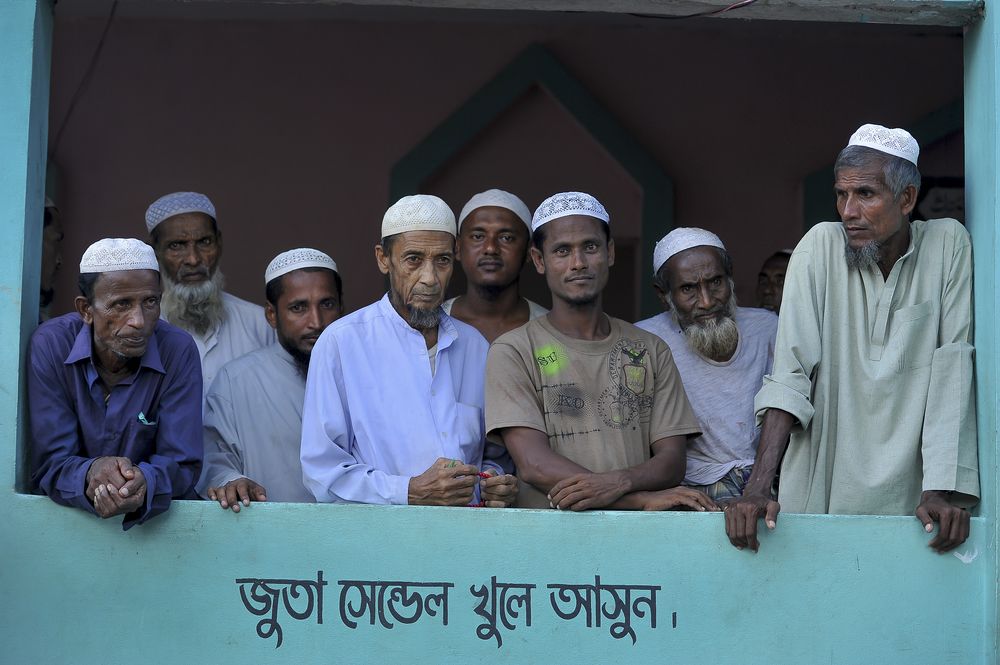
Rohingya men in Bangladesh at a madrasah at Mosuni Di Leda, Teknaf Cox's Bazar, Bangladesh on Oct. 10, 2017. (shutterstock.com photo)
Rohingya men in Bangladesh at a madrasah at Mosuni Di Leda, Teknaf Cox's Bazar, Bangladesh on Oct. 10, 2017. (shutterstock.com photo)
The Rohingyas
How not to talk about them after all that has been said. It is more than ever necessary to talk about these people, “this ethnic group that is among the most persecuted in the world,” according to Pope Francis in 2019.
Are steps being taken to bring them back home to Rakhine State?
It seems that the world has forgotten about them, about the Rohingya, after all of us were caught up with other “problems,” such as the COVID-19 pandemic. (By the way, maybe there is too much politics behind the vaccines and not enough “love” for people.)
Afghanistan grabbed our attention early this year. The “general sunburn” has been great. A reporter friend asked me a few days ago, “Now, who will save us? After NATO left like that?” But I say, ‘’Who will save the Rohingyas?’’
The Rohingyas have never had the hope of a NATO plane taking them to safety from the flames that consumed their huts.
Who will go to Cox's Bazar to pick up 860,000 people and bring them back to their homeland where they, their fathers and grandfathers, were born and raised?
Rohingya refugee children fly improvised kites at the Kutupalong refugee camp near Cox's Bazar, Bangladesh Dec. 10, 2017. (Photo by Damir Sagolj/Reuters)
Rohingya refugee children fly improvised kites at the Kutupalong refugee camp near Cox's Bazar, Bangladesh Dec. 10, 2017. (Photo by Damir Sagolj/Reuters)
Maybe we didn't realize that on March 22, 2021, a devastating fire killed several people and devastated 10,000 huts and left 50,000 people without a “roof’” of straw.
There was little talk about it in the news, too little, because the poor do not make the news. They are poor, precisely, they are the discarded.
Refugee camps have many terrible enemies in common, and two of the fiercest are fires and landslides that consume huts with people inside.
We have seen the furrow that the water left in the refugee camps. It scares me just to see them. Imagine the children carried away by the water.
Fire in refugee camps spread quickly because huts are attached to each other. The flames would swallow everything and everyone. In the stampede, children are often lost and the elderly are trampled.
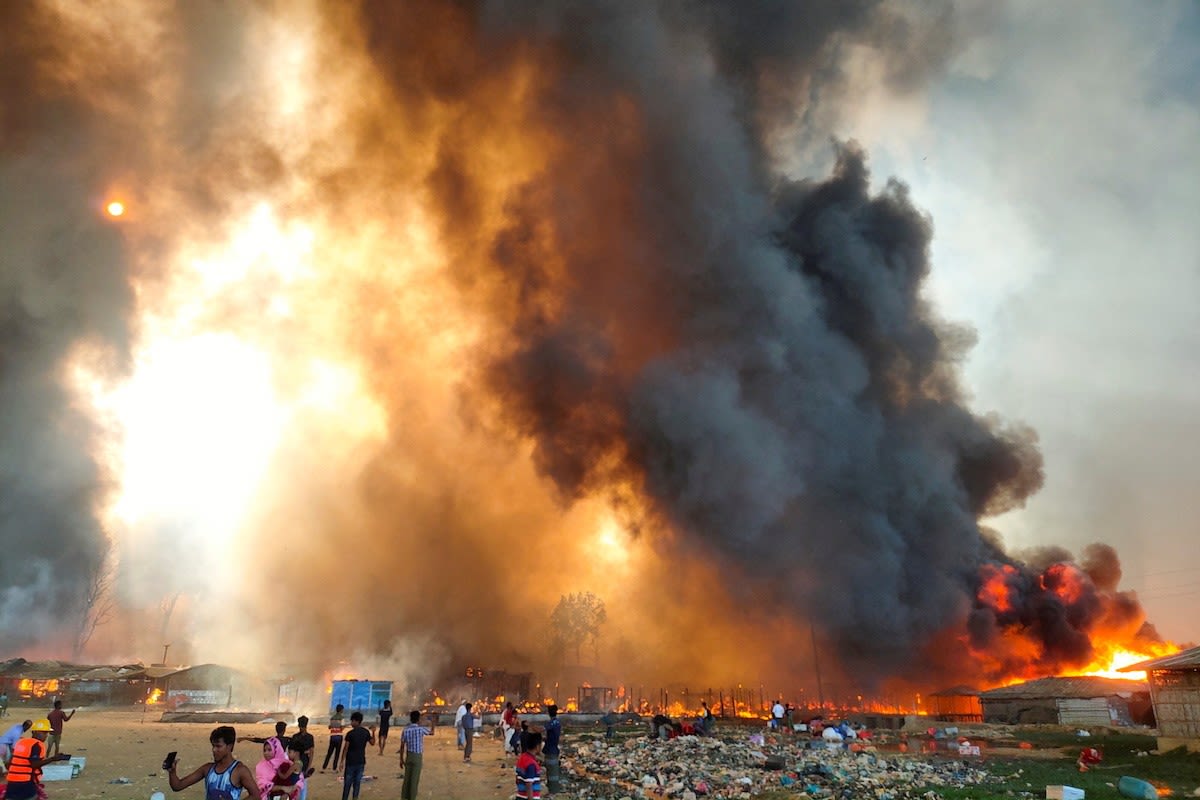
Smoke billows at the site of the Rohingya refugee camp where fire broke out in Cox's Bazar, Bangladesh, March 22. (Reuters photo)
Smoke billows at the site of the Rohingya refugee camp where fire broke out in Cox's Bazar, Bangladesh, March 22. (Reuters photo)
It's been more than four years now since August 2017 when terrorists attacked Myanmar’s army posts.
The counter-attack on the Rohingyas was devastating, resulting in a humanitarian catastrophe. At least 750,000 people fled their homes with nothing but the shirts on their back.
They fled to Cox's Bazar in Bangladesh to join other Rohingya people, about 180,000, who were already on the other side of the border.
Thankfully, this poor predominantly Muslim neighbor, Bangladesh, was there to help.
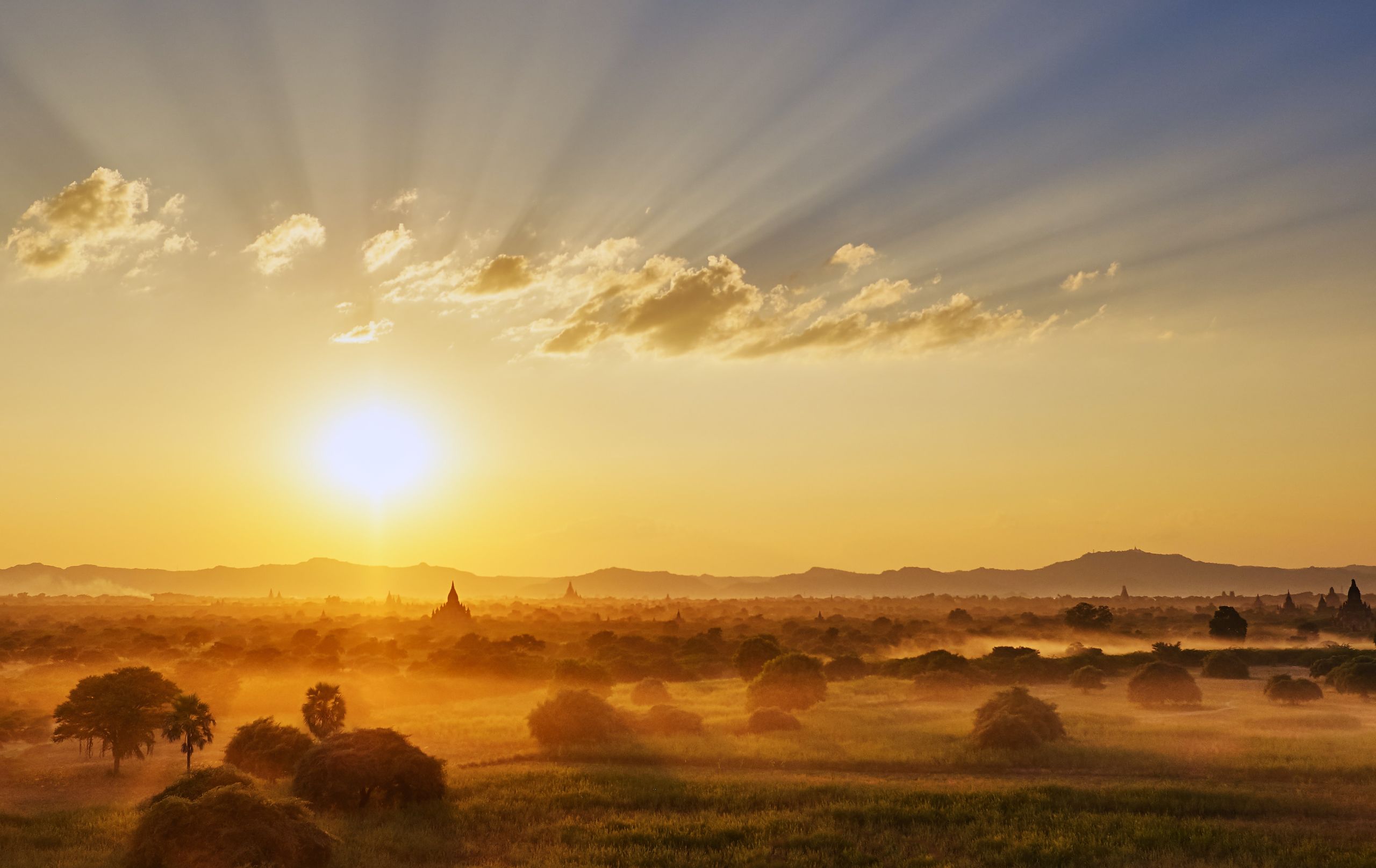
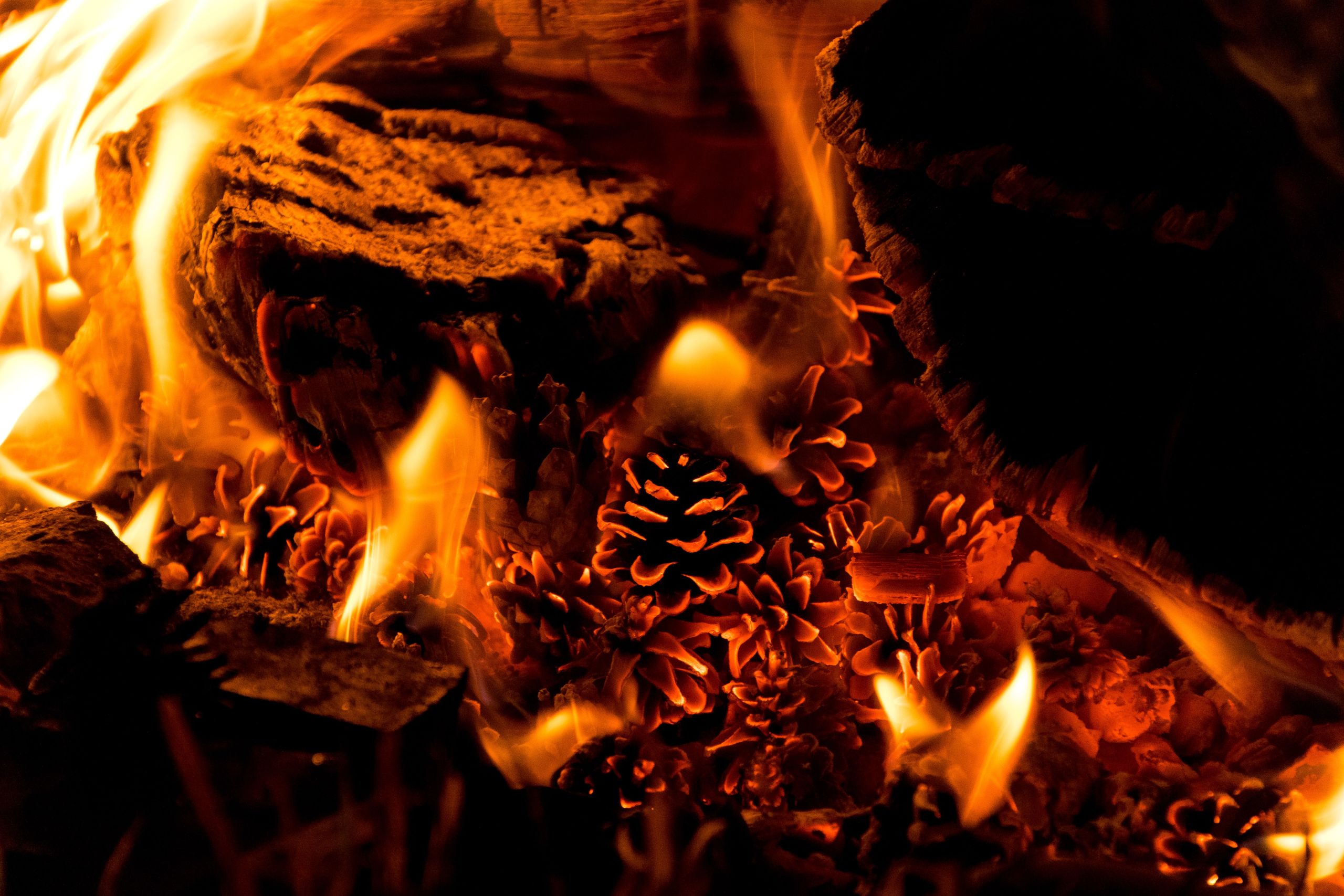
People in Cox’s Bazar — men and women, rich and poor — rushed to help the Rohingyas who lost children, relatives – men and women. Their homes were burnt, their women raped.
With the help of people in Cox’s Bazar, the Rohingyas built their shanties, cutting into small hills, uprooting trees to turn into shelter, until slowly they caught the attention of the international community.
As days passed, however, the local people noted that the prices of food and other basic commodities were going up, with the foreigners rushing to Cox’s Bazar in cars and jeeps while staying in expensive hotels.
Discontent started to rise among the locals, feeling the deprivation they have.
Although some young Rohingyans were engaged with NGO activities, most had nothing to do. They would pass idle time with no hope of returning back to their homeland. With no opportunities for education, they see no future, only frustrations.
Political leaders from Bangladesh, Myanmar, China, and many other countries would hold meetings on how to repatriate the refugees, but the refugees themselves were never involved in the discussions.
In 2018, the people held outdoor demonstrations and declared a “Rohingya Genocide Day,” but the government of Bangladesh prohibited it.
Then the relocation to Bhashahchar, an island where Bangladesh established a housing facility to relocate a total of 100,000 refugees, started. The people were reluctant. They feared for the families back in Cox’s Bazar. They also thought of their possible livelihood options.
Across the region, boatloads of Rohingya people started arriving in Malaysia and Indonesia only to be sent back to sea. In 2020 alone, there were at least 700 Rohingya refugees who perished at sea.
On February 1, 2021, Myanmar’s military establishment staged a coup, putting a cloud into the possible UN investigation of the 2017 ethnic cleansing of the Rohingyas.
What awaits the Rohingya?
What awaits us in this fragmented world?
What else awaits us but hope against all hope.
Text by
George Ritinsky, Thailand
&
Porimol Palma, Bangladesh
This article is the result of 2nd SIGNIS Asia Journalism Fellowship Programme 2021 under the theme "Journalism in a fragmented world" delivered in collaboration with LiCAS.news
© Copyright 2021 LiCAS.news
This article was published December 27, 2021.
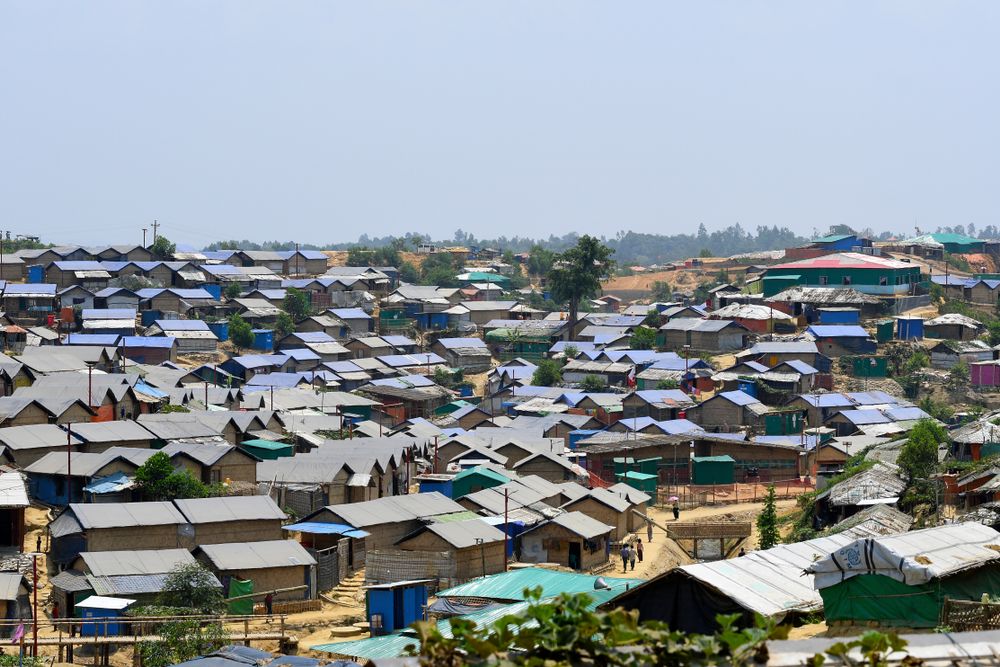
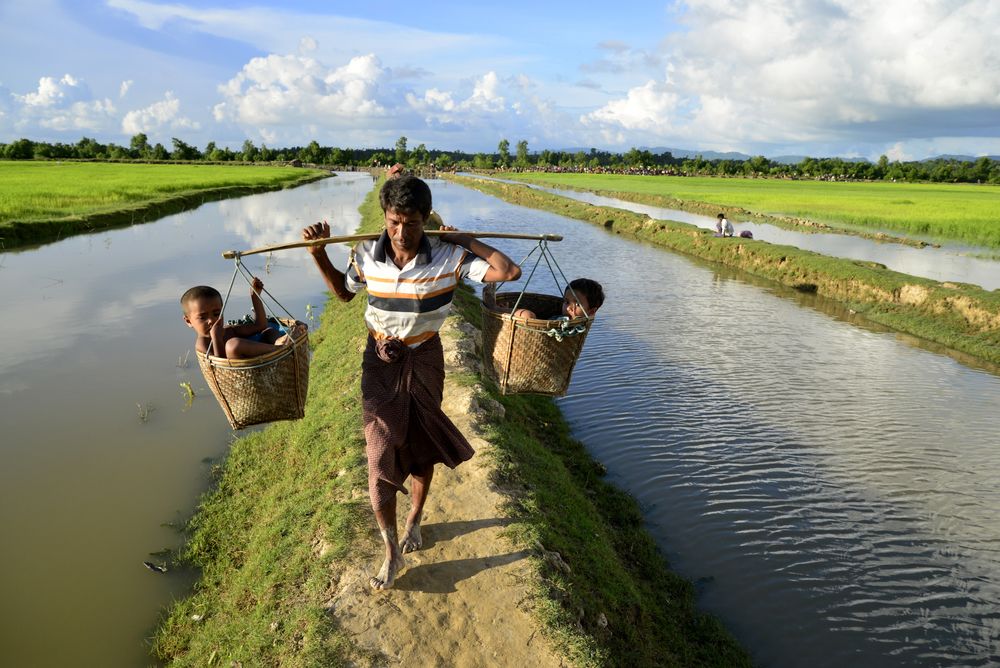
A Rohingya man carrying children crosses Bangladesh's border as they flee from Myanmar after crossing the Nuf River, on Sept. 09, 2017. (shutterstock.com photo)
A Rohingya man carrying children crosses Bangladesh's border as they flee from Myanmar after crossing the Nuf River, on Sept. 09, 2017. (shutterstock.com photo)

